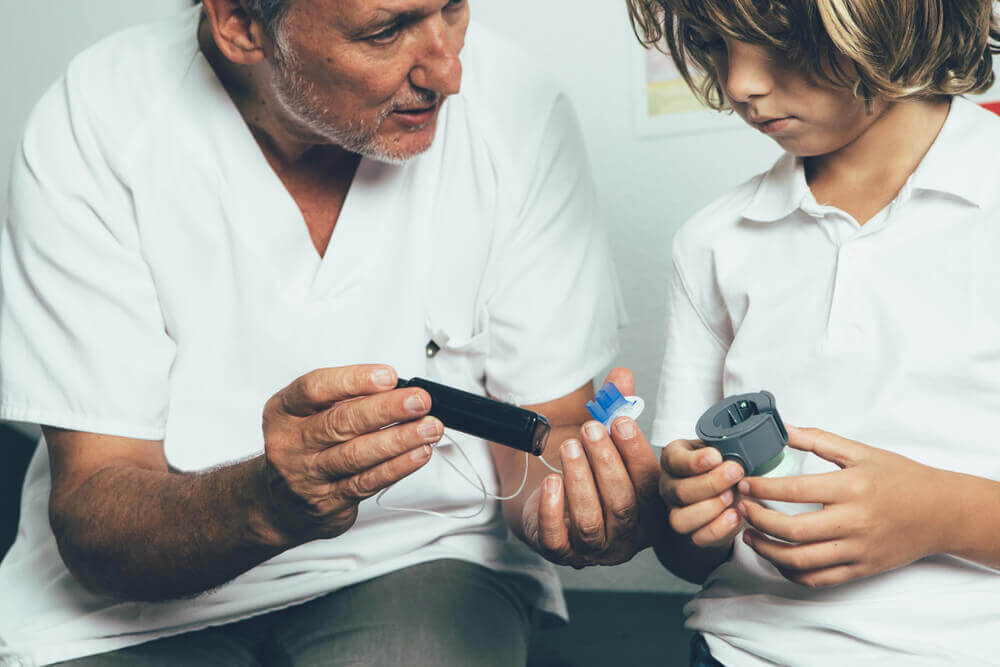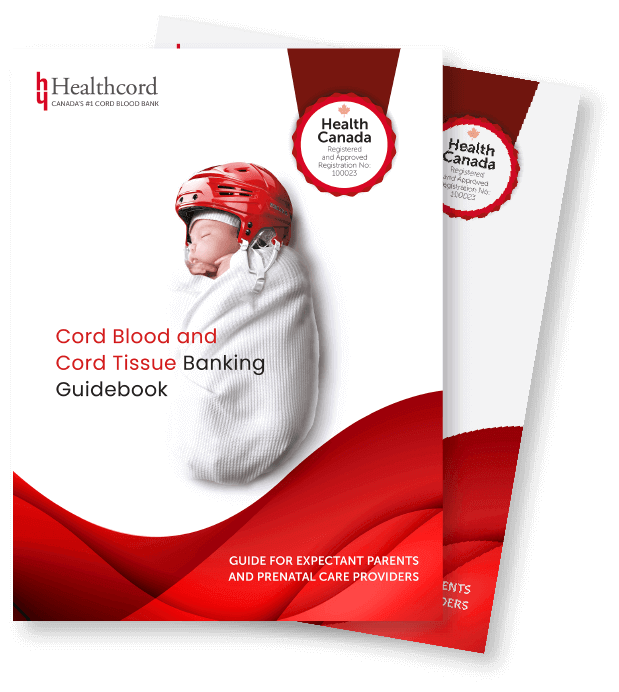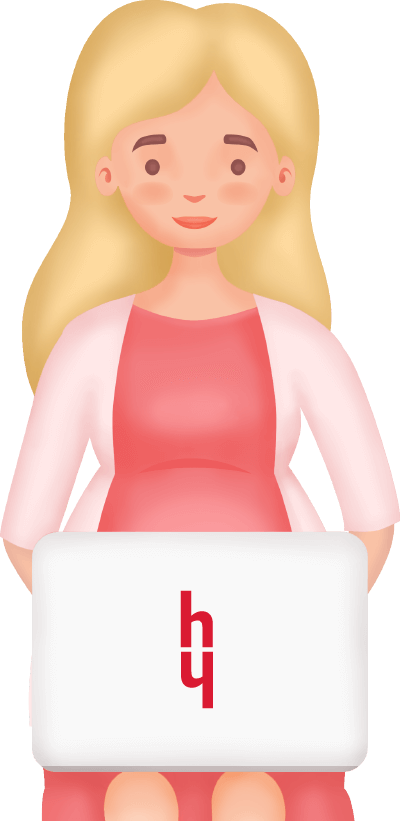
Commemorating World Cord Blood Day: Why you should consider saving your baby’s cord blood

The first ever cord blood transplant was done in 1988, more than 30 years ago. Today, cord blood transplants are used to treat more than 80 different diseases. With the way stem cell research is advancing this list is going to keep growing, even in the span of your baby’s lifetime.
What is cord blood?
When a baby is born, a small amount of blood gets left behind in the umbilical cord. In the past, this blood and the umbilical cord itself was discarded as medical waste. But, now we know cord blood is an important source of super powerful stem cells called hematopoietic stem cells.
What is cord tissue?
Cord tissue is the umbilical cord itself, which was also discarded in the past as medical waste. But now we know that cord tissue is a rich source of another kind of stem cells called mesenchymal stem cells.
What are newborn stem cells?
Stem cells are early stage cells that have the potential to grow into many different cell types in the body. Cord blood stem cells and cord tissue stem cells have different capabilities. They can repair damaged cells, rebuild tissue and help our bodies heal. This makes newborn stem cells extremely valuable.
Also, unlike embryonic stem cells, which are a controversial source for stem cells because they are taken from embryos, cord blood stem cells are collected after birth. No special considerations or accommodations need to be made in order to collect cord blood and cord tissue after a baby is born.
Why save cord blood and cord tissue?
Doctors have already been using cord blood stem cells for more than 30 years treat genetic disorders like sickle cell anemia, blood cancers and over 80 other life threatening diseases.
Not only that, research and clinical trials are expanding the list of life-threatening disease that can potentially be treated with stem cells. These include Alzheimer’s disease, diabetes, osteoporosis, arthritis and heart disease.
With the way stem cell research is advancing, treatment methods using cord blood and cord tissue stem cells in cell therapies will only continue to expand during the lifetime of your child.
What is cord blood and cord tissue banking?
When you choose to bank cord blood or cord tissue, stem cells from the umbilical cord are collected, processed and cryogenically preserved for long-term storage. This process ensures that these cells remain viable if your child or another family member needs to use them later on in life.
Once in a lifetime opportunity
Cord blood and cord tissue stem cells can only be preserved at birth. This means saving your baby’s cord blood and cord tissue is a once in a lifetime opportunity. But once stored, these stem cells will be available over the lifetime, whether your baby is 2, 20 or 80, there will always be a perfectly matched sample if a stem cell transplant is necessary.
Give the gift of lifetime
Scientists think stem cells are key to the next major breakthrough that will happen in the field of medicine. Also, because of their regenerative potential, stem cells are a major area of research in nearly every branch of medicine.
Your baby’s cord blood has amazing potential. Choose to give your baby this precious gift that will last a lifetime.


The Hospital Bag Checklist

Sibling cord blood tested for treating cerebral palsy in young children


Categories
Related Posts

Top 10 items to include in your baby registry

The Hospital Bag Checklist

Sibling cord blood tested for treating cerebral palsy in young children





